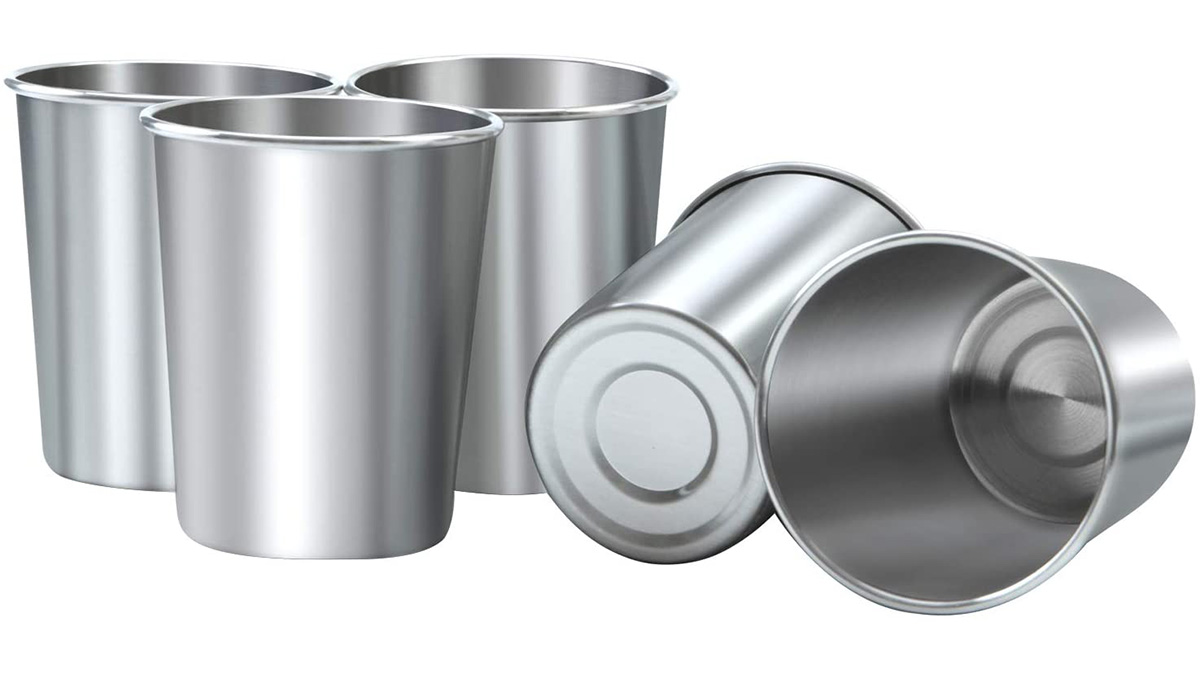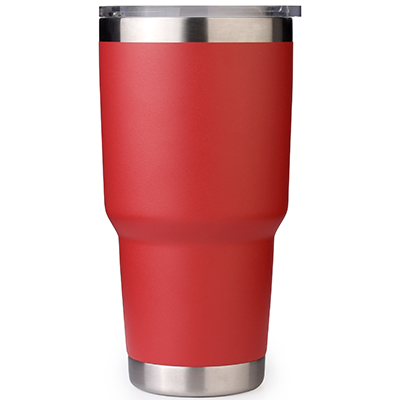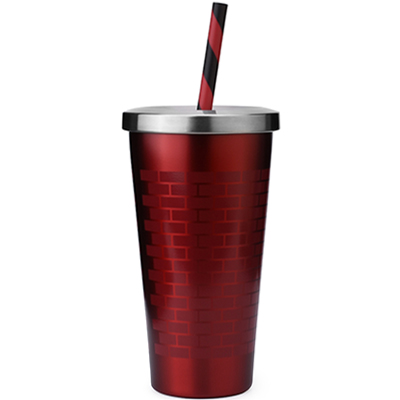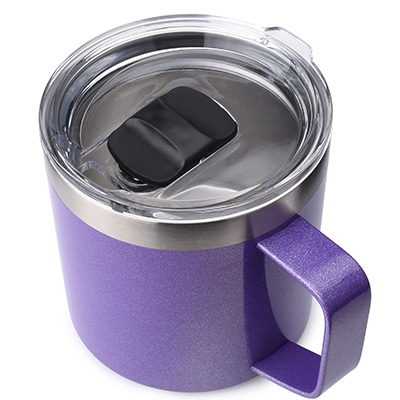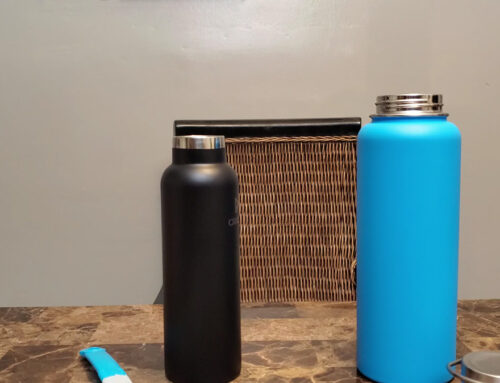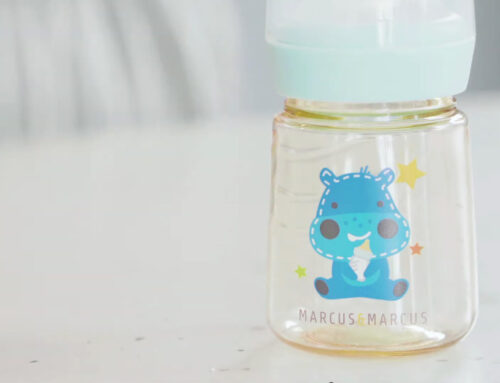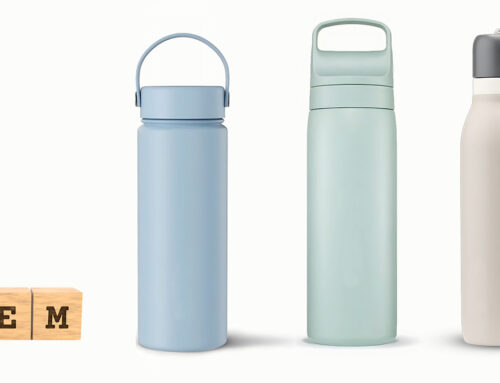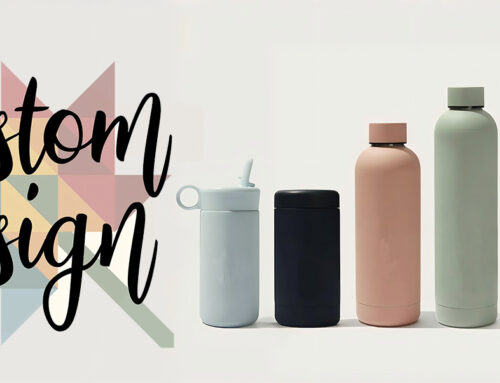Do stainless steel cups rust? This is a question frequently emailed by customers. And the answer of this question is “yes”. Here KingStar will talk about this issue to facilitate your understanding and provide you with a cleaning method.
Stainless steel cups in bulk are designed to hold and tolerate both piping hot and icy cold fluids. The material of such a cup, namely, stainless steel, does not rust. However, it is often the case that we can see stains and rust appearing on both the internal and external walls of a stainless steel cup, so where do these stains and rust come from? In fact, they may be traced back to an array of sources.
For one thing, the stainless steel walls may be attached to dusts that contain metal elements or particles. These metal elements and particles will have chemical reactions with moisture in the air, eventually damaging the stainless steel. For another, organic residuals from vegetables or fruits may destroy the stainless steel walls, too.
Therefore, even if your cups are made by food-grade 18-8 (SUS304) stainless steel with rust-resistant capability, they still get rust if not cleaned regularly and properly. Before we move to the cleaning method, it is a must for us to know the invisible guardian that protects stainless steel from rusting so that we can take corresponding measures to help it.
What Makes a Cup Rust-resistant?
Generally speaking, a qualified food-grade stainless steel cup is made from 18-8 stainless steel (SUS304). The “18” represents 18% chromium while the “8” stands for 8% nickel. And it is the 18% chromium added in the stainless steel that enables the cup to be rust-resistant.
You may wonder that what if a stainless steel cup is made without chromium? In this case, the stainless steel will react with water when exposed to it and generate ferric oxide, commonly known as rust or iron oxide. As a result, liquids in the cup become inedible and you have to throw away the entire cup! However, things change when chromium is added. The chromium will react with water and air to create chromium oxide, a considerably thin layer that shrouds the stainless steel and will not peel off easily. Thus, the stainless steel beneath the chromium oxide layer can not contact either water or air, and the cup will accordingly stay away from rust. It should be noted that chromium will never react with stainless steel/iron or impart harmful elements to the water, so just enjoy your hydration at ease.

It has been well-proven that as long as the proportion of chromium in the stainless steel reaches 12%, your cup is then capable of getting rid of rust. Since the percentage of chromium is 18%, a kitchen grade stainless steel cup has few problems with rusting.

Click and read more about stainless steel material:
Stainless Steel
316 and 304 Stainless Steel: a Far More ECO Friendly Water Bottle Material
Causes of the Rust in Cups
Here KingStar lists three actual causes of the rust in your cups, and you should avoid holding or contacting them with your wholesale stainless steel cups.
- Chemicals
You should never use a stainless steel cup to hold chemicals such as bleach and chlorine. These chemicals react with the layer of chromium, making it useless and then corroding the stainless steel beneath the chromium. Some ready-made cleaning solutions in the shelves may contain such chemicals and are not suitable for cleaning stainless steel cups. You should read the ingredients of cleaning solutions carefully before buying them.
- Salt Water
Compared with regular water, salt water is much more corrosive to stainless steels. Normally, people do not drink salt water for daily hydration. But when they bring cups to beaches or live near the ocean, it is possible for salt water to corrode you stainless steel cups, which will get rust easily. So if it is inevitable for you to be exposed to salt water either directly or indirectly, KingStar then suggests you to seal your cup with a lid when you are not drinking.
- Extremely High Temperatures
Actually, a premium cup made by stainless steel is capable of withstanding high temperatures for up to 1480°F (800°C) without any problems. However, if the figure continues to rise or break through the ceiling, chromium in the stainless steel will be affected and the cup succumbs to the rust consequently. It is quite uncommon for you to let your cup be exposed to such extremely high temperatures. But you should remember that do not let the cup sit close to fire or the fireplace.
How To Prevent Rust in a Cup
In order to protect your cup from getting rust, you should keep it away from the above mentioned things. So do not fill the cup with corrosive liquids such as chlorine, bleach and salt water. In addition, excessive moisture pervading in the cup for a long time offers mold and mildew a perfect condition to grow, which may make your cup gross. So it is better for you to dry your cup after you have cleaned it.
Acidic fluids such as lemon juice may result in the corrosion of stainless steel, but coffee is actually fine with a stainless steel cup.
How To Remove Rust From a Yeti Rambler Cup
Materials You Need:
- Borax
- Lemon juice
- Washcloth
- Stirrer
- Teaspoon
- Bowl
- Baking soda
- Water
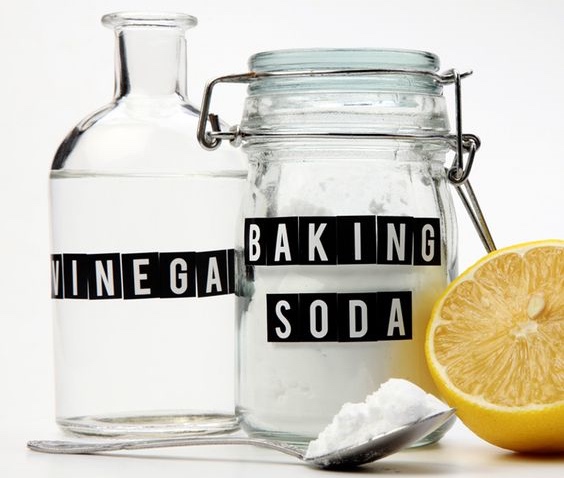
Step 1: Fetch several teaspoons of borax and put it into the bowl.
Step 2: Add several drops of lemon juice into the bowl and stir the mixture continuously.
Step 3: Stop stirring when the mixture of borax and lemon juice becomes something like toothpaste.
Step 4: Use a soft washcloth to dip the paste and then wipe/rub the rusty cup. Do not use an abrasive sponge, which may damage the surface of stainless steel. Let the cup sit for 30 minutes.
Step 5: Use another wet washcloth to wipe off the borax paste and rinse the cup thoroughly.
Step 6: Check the cup carefully to see if any rust or stains exist on it. If so, repeat the previous 5 steps.
Notes: If you do not have borax, you can replace it with baking soda.

Click and read more:
How To Clean Your Yeti Tumbler?
KingStar is the biggest custom stainless steel tumbler manufacturer in China and can always offer high quality tumblers in bulk with good price.
Insulated Metal Tumbler 20 oz
$2.15-$3.16
Insulated Tumbler 30 oz
$2.59-$3.90
Skinny Tumbler 20 oz
$2.35-$3.26
Tumbler with Straw 18 oz
$3.25-$3.95
Insulated Rambler Mug 14 oz
$5.51-$6.31

